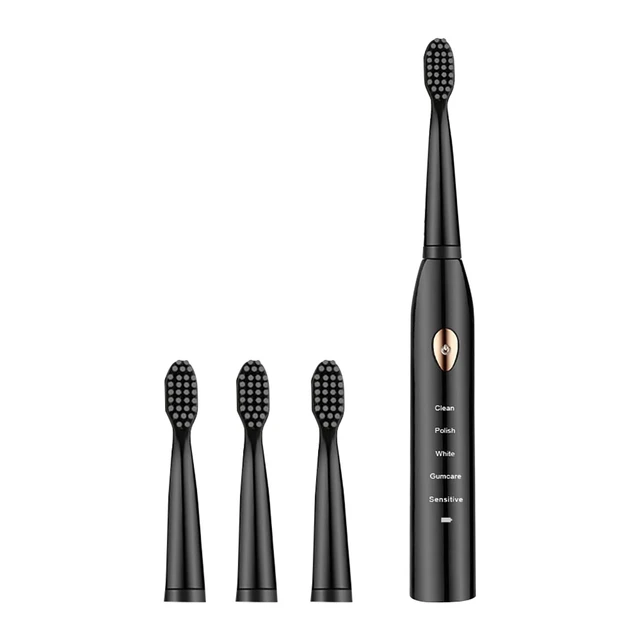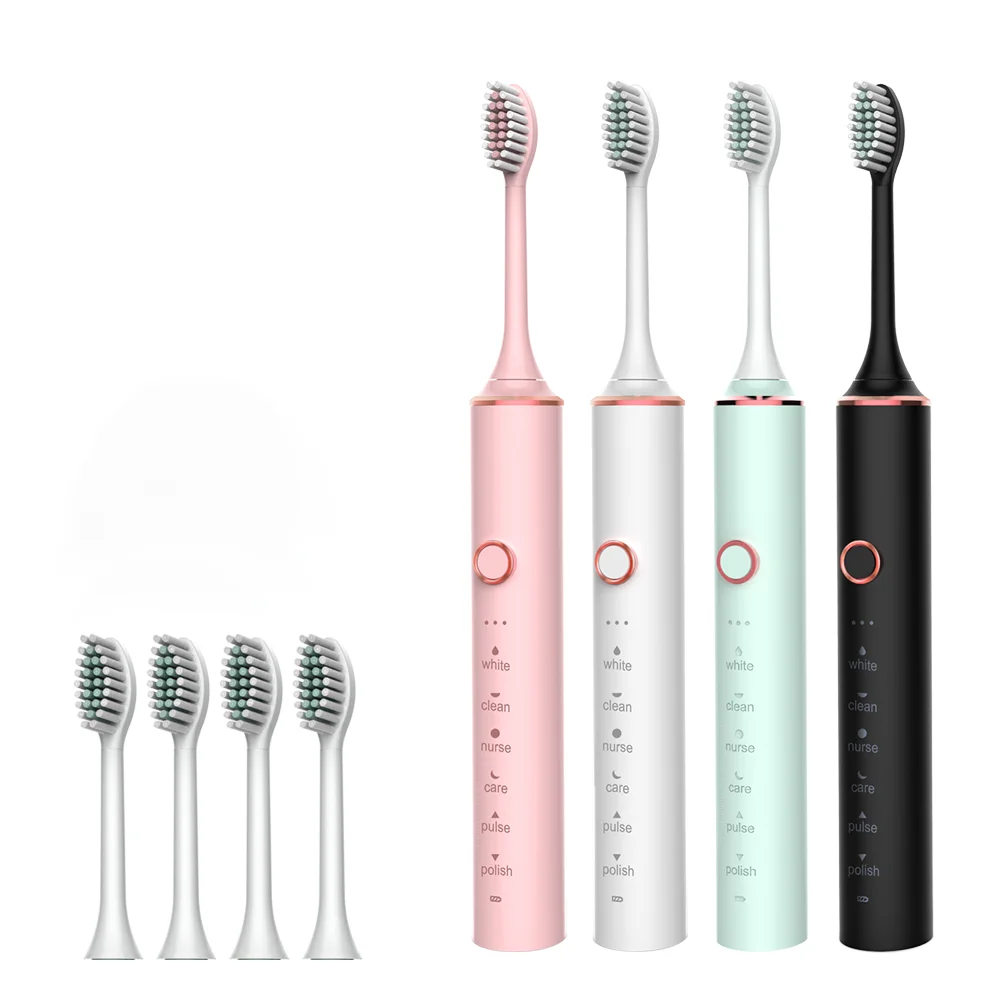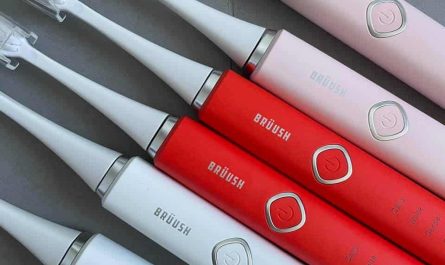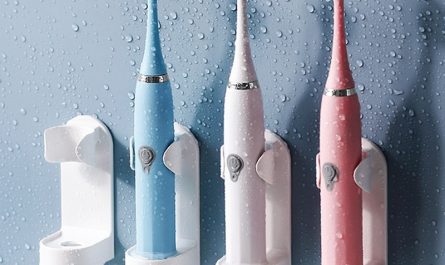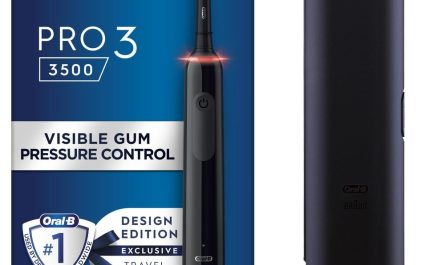Have you ever wondered how long an electric toothbrush should last? The convenience and efficacy of electric toothbrushes have made them popular household items. However, their longevity can be a topic of significant interest and concern for consumers who want to get the most value for their money. By exploring the factors that affect the lifespan of electric toothbrushes, we can better understand what contributes to their durability. This discussion will delve into those details, revealing tips for maintaining your device and signs that it may be time for a replacement. So, how long should you expect your electric toothbrush to serve you effectively? Let’s find out.
Factors Affecting Electric Toothbrush Longevity
Build Quality
One of the most critical factors impacting the lifespan of an electric toothbrush is its build quality. Brands that employ high-quality materials and robust engineering tend to offer products that last longer. This does not only apply to the exterior casing but also to internal components like the battery and motor. For example, premium brands often use lithium-ion batteries, which are more durable than cheaper alternatives. Similarly, the type of motor used in the toothbrush can influence its operational lifespan. Therefore, investing in a well-known brand renowned for quality can often yield a longer-lasting product.
Usage Habits
How you use your electric toothbrush significantly affects its longevity. If you follow a rigorous routine of brushing twice a day for two minutes each session, the wear and tear on the toothbrush will be balanced. However, pressing too hard while brushing can strain the motor and reduce battery life. Additionally, using the toothbrush for tasks it wasn’t designed for, like scrubbing other household items, can also shorten its lifespan. Being mindful of how you handle and use your electric toothbrush can contribute to its longevity.
Maintenance and Care
Proper maintenance and care are essential for prolonging the life of your electric toothbrush. One of the basic yet vital practices is to regularly clean the toothbrush head and base to prevent the buildup of grime and bacteria, which can be corrosive over time. It’s also advisable to store the toothbrush in a dry place and away from direct sunlight to prevent the weakening of plastic components. Following the manufacturer’s guidelines for changing the toothbrush head every three months can also keep the device working efficiently. Practical maintenance steps can go a long way in extending the lifespan of your device.
Battery Life and Replacement
Types of Batteries Used
The battery is the heart of an electric toothbrush, and the type and quality of the battery used can significantly influence its lifespan. Electric toothbrushes primarily use two types of batteries: nickel-metal hydride (NiMH) and lithium-ion (Li-ion). NiMH batteries are cheaper but tend to degrade faster, often within two to three years. In contrast, Li-ion batteries are more durable and can last up to five years or more with proper care. Understanding the pros and cons of each battery type can help consumers make informed decisions about which electric toothbrush to purchase.
Recharging Practices
How you recharge your electric toothbrush can also impact its battery life. Continuous overcharging can lead to a reduced lifespan, especially for NiMH batteries. Thus, it is beneficial to charge the toothbrush according to the manufacturer’s instructions. For instance, some high-end models come with smart charging features that automatically stop charging once the battery is full. Utilizing such features can enhance battery life. Furthermore, allowing the battery to discharge completely before recharging can sometimes help in extending its overall lifespan.
When to Replace the Battery
Signs that it might be time to replace your electric toothbrush battery include needing more frequent recharges, a noticeable drop in performance, or the toothbrush shutting off unexpectedly. While some electric toothbrushes allow for battery replacement, others are designed as sealed units requiring complete replacement. Depending on the model, it may be more cost-effective to replace the toothbrush rather than attempting a battery replacement. Evaluating performance deterioration can give you clues about whether to replace the battery or the entire unit.
Signs Your Electric Toothbrush Needs Replacement
Decreased Performance
An evident indicator that it’s time to replace your electric toothbrush is decreased performance. For example, if you notice that the motor is not as powerful as it used to be or the brushing action feels less vigorous, it may be time to consider a new unit. Constant mechanical failures or strange noises are also signs of wear and tear. Addressing these issues early can save you from more significant problems down the road.
Visible Wear and Tear
Visible signs of wear and tear can also indicate that a toothbrush needs replacement. These may include cracks in the body, discolored components, or a loose brush head that wobbles during use. External damage can compromise the brush’s efficacy and could potentially lead to harm. Hence, inspecting your toothbrush regularly for visible damage is essential for both hygiene and safety.
Hygiene Concerns
Hygiene is another crucial factor to consider when evaluating the lifespan of an electric toothbrush. Over time, even with regular cleaning, bacteria and other microorganisms can accumulate in parts of the toothbrush. This can pose a health risk, particularly for individuals with weakened immune systems. If you notice persistent spots or mold that won’t come off despite thorough cleaning, it’s a strong sign that you should replace the toothbrush.
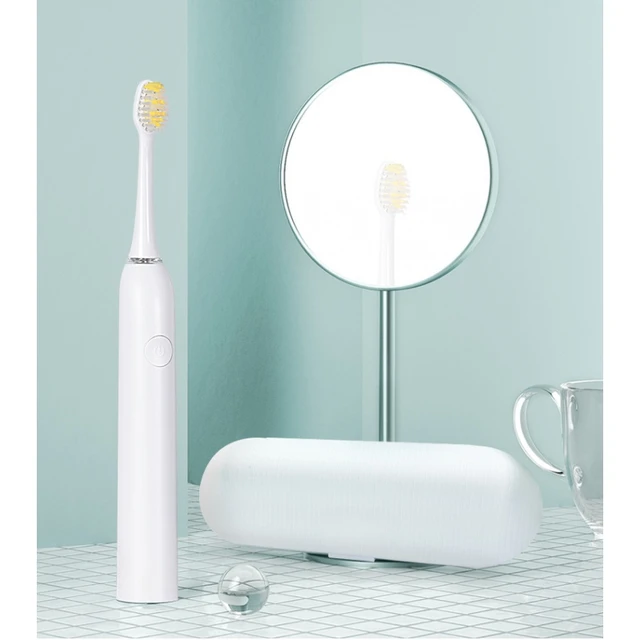 Extending the Lifespan of Your Electric Toothbrush
Extending the Lifespan of Your Electric Toothbrush
Proper Storage
Proper storage can significantly extend the life of your electric toothbrush. Keeping it in a dry and clean environment minimizes the risk of mildew and bacteria buildup. Many modern electric toothbrushes come with travel cases that offer a hygienic and safe storage option. Furthermore, keeping the unit away from falls can also prevent mechanical damage. Adopting simple yet effective storage practices can thus contribute to the longevity of your device.
Routine Maintenance
Regular maintenance is vital for prolonging the lifespan of your electric toothbrush. This includes cleaning the brush head and body thoroughly after each use. Paying attention to the base where the brush head attaches to the handle can prevent buildup that can be hard to clean later. Monthly deep cleaning can help in ensuring all parts of the toothbrush are free from grime and bacteria. Integrating this into your routine can offer added longevity to your device.
Using Approved Accessories
Using only manufacturer-approved accessories can also help in extending the lifespan of your electric toothbrush. Generic or third-party heads might seem like a valuable alternative but may not fit well or could be of lower quality. Poorly fitting heads can strain the motor and battery, accelerating wear and tear. Sticking to approved accessories ensures compatibility and durability.
Conclusion:
How Long Should an Electric Toothbrush Last?
Understanding how long an electric toothbrush should last involves considering multiple factors ranging from build quality and usage habits to proper maintenance and battery management. By paying attention to these aspects, consumers can maximize the lifespan of their electric toothbrushes, ensuring they receive the best return on investment. Whether you’re concerned with battery type, recharging practices, or noticing signs of wear and tear, informed decisions and proactive maintenance practices can greatly enhance the durability and efficacy of your device. Here’s to many more years of healthier and happier brushing!

